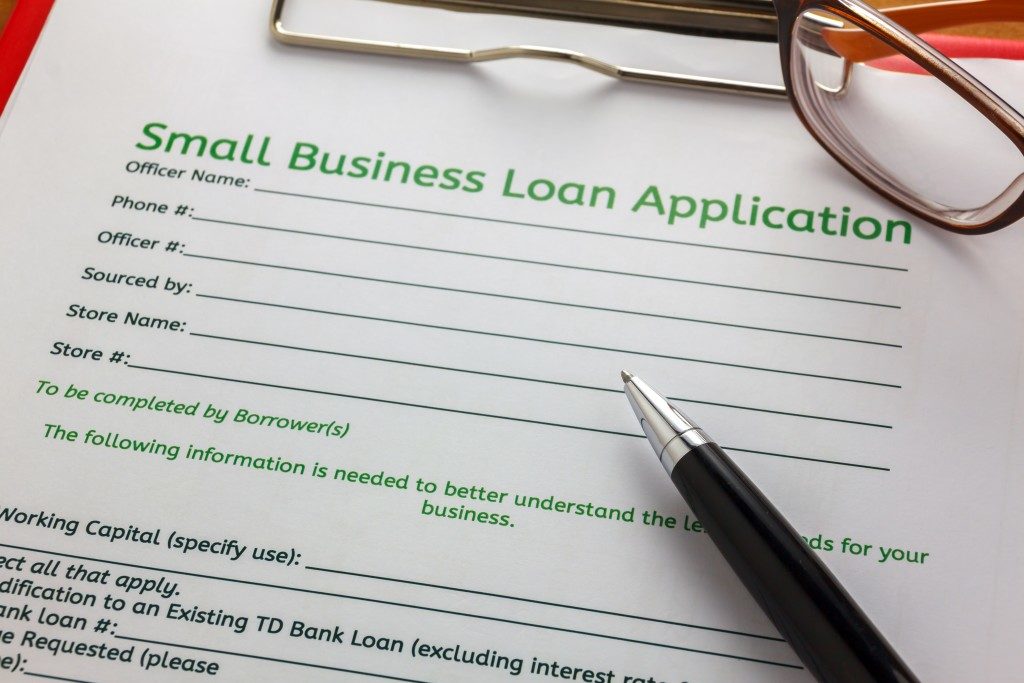Chargeback reduction is key to business growth. It helps decrease the overall cost of B2C and B2B credit card processing you have to absorb, maximize your profit from every sale, and keep your customers happy.
It is imperative to put a premium on fraud prevention to maintain your status as a low-risk merchant, but it will not suffice to combat chargebacks effectively. Besides, over-investing in anti-fraud tools can eat into your revenue and may even reduce your sales. Below are the other strategies you should implement.
Eliminate Product Ambiguity
Customer education is king. Consumers do not enjoy the experience of filing for a chargeback, so most people will do everything to know what they are buying before they buy it.
Help them do their research more easily. Provide detailed product or service descriptions with a healthy combination of text and visuals. Tell your customers all of the features they need to know to prevent chargebacks stemming from confusion or misinformation.
Notify Customers About Expiring Free Subscriptions
Free trials are great, but nobody will appreciate being charged for any product or service that used to be at no cost automatically. Most people get that nothing stays free forever, but they want to know exactly when they have to start paying for something.

When advising about free subscription expiration, make sure your message is sent across clearly. Be specific with the date and the price of the product or service when the special offer is over. Automatic billing is convenient for consumers who think they will keep the subscription, but give everyone a chance to opt out with ease.
Give What Your Customers Paid for Promptly
The longer customers have to wait to get what they bought, the higher the chances of chargebacks. Do everything to streamline your shipping and service delivery process, as many consumers are impatient.
Of course, you should tell your customers how much time they need to wait to receive what they paid for, but it may pay to exaggerate it a little bit to exceed expectations. In case you run into trouble and delay is inevitable, proactively notify your customers about it. The more you keep consumers in the loop, the less frustrated they may be.
Improve Your Customer Service
Be the brand that is conveniently reachable. Although some consumers ask for chargebacks immediately, many of them will try to resolve issues without involving credit card providers. More often than not, consumers will only talk to their bank to address their concern if you can help them.
Make sure your communication lines are open 24/7. Hire more customer service representatives if necessary to reduce wait times and improve the efficiency of your internal processes.
Refund Contested Payments
Consumers who want to get their money back will likely get their money back one way or another. When they have a solid case not to be charged, you should offer refunds instead of waiting for them to file for chargebacks to minimize your losses.
Advanced technology helps fight chargebacks, but what you primarily need is common sense. Use it and your chargeback rate would go down significantly.


